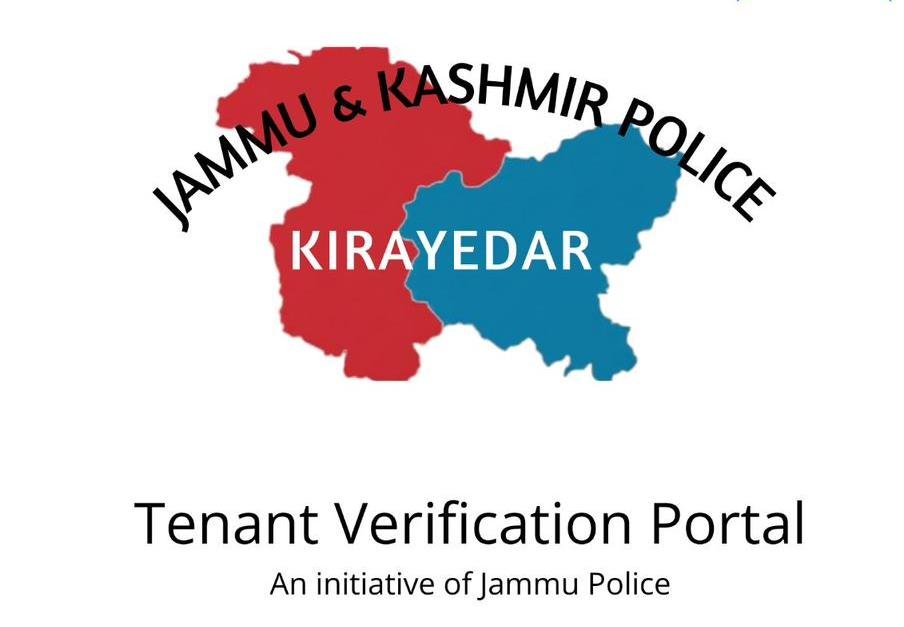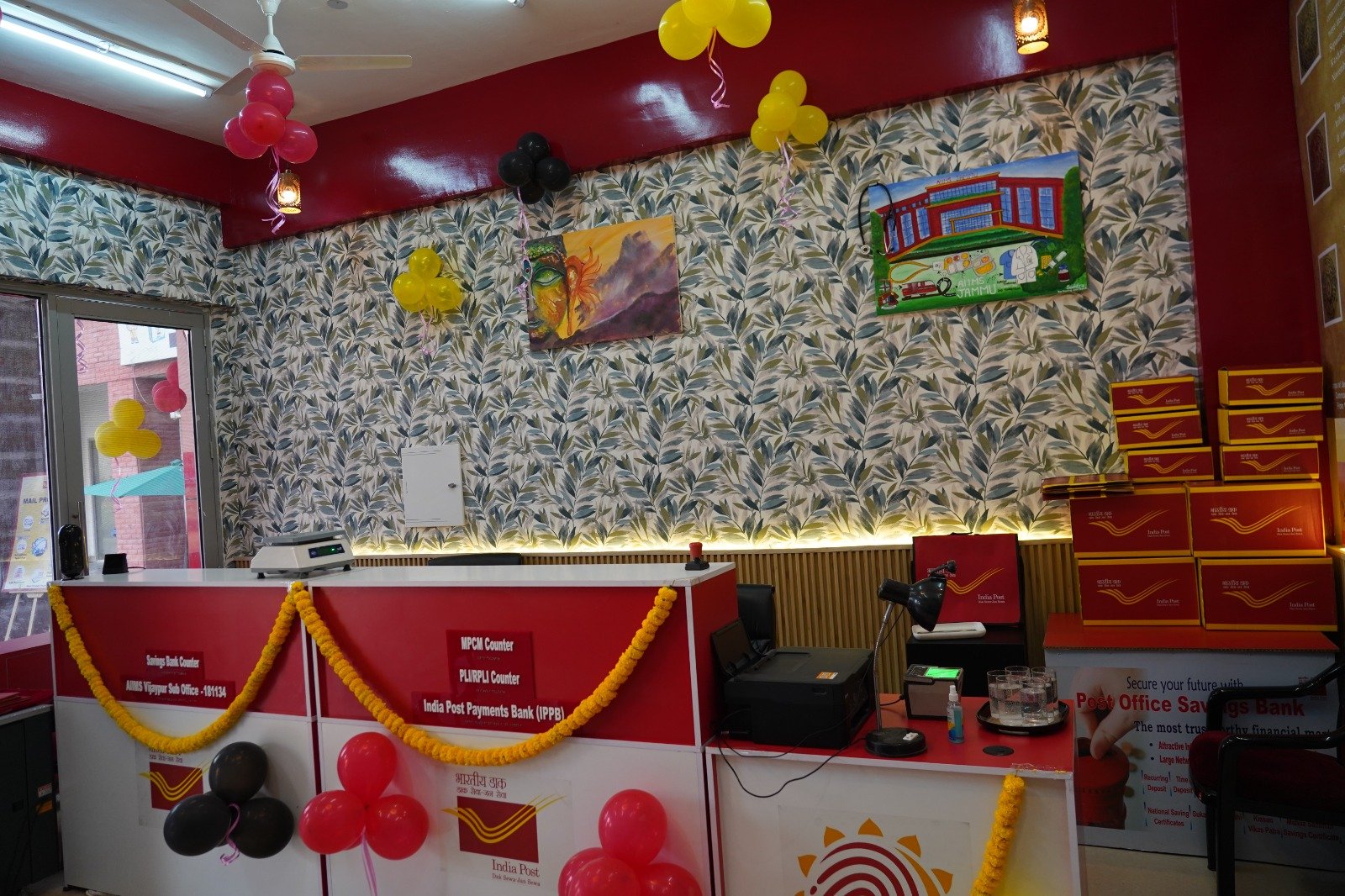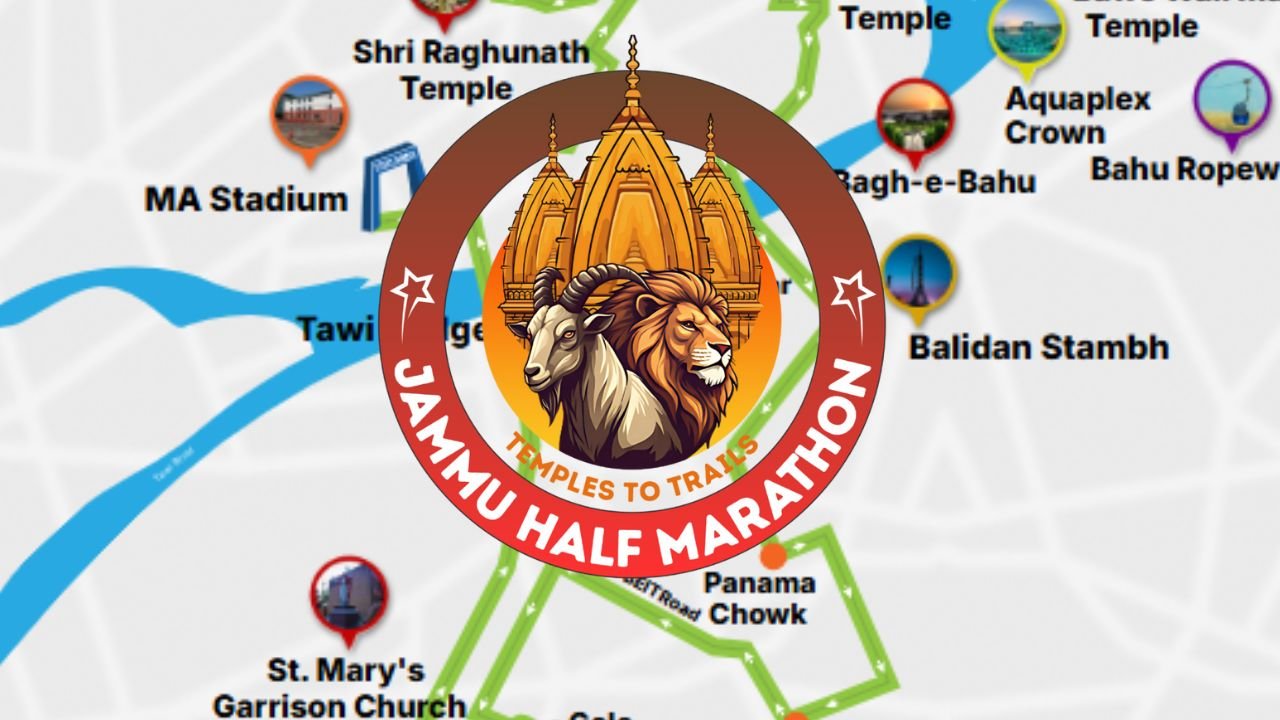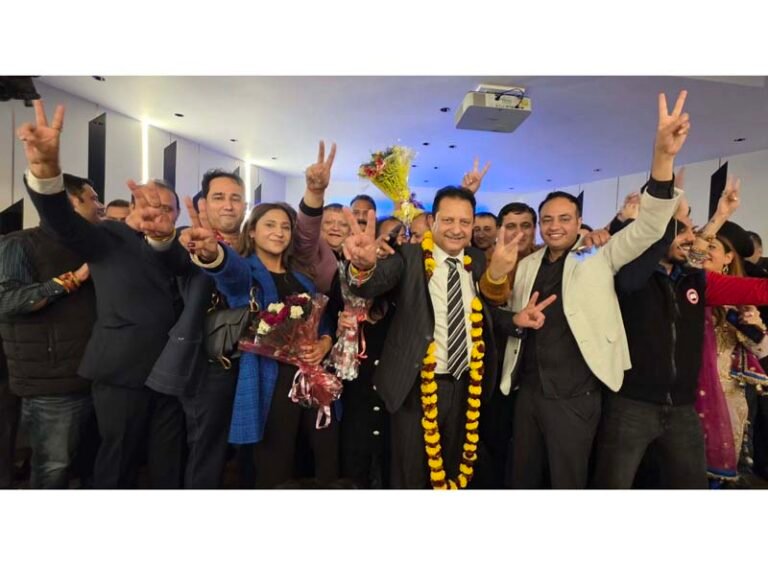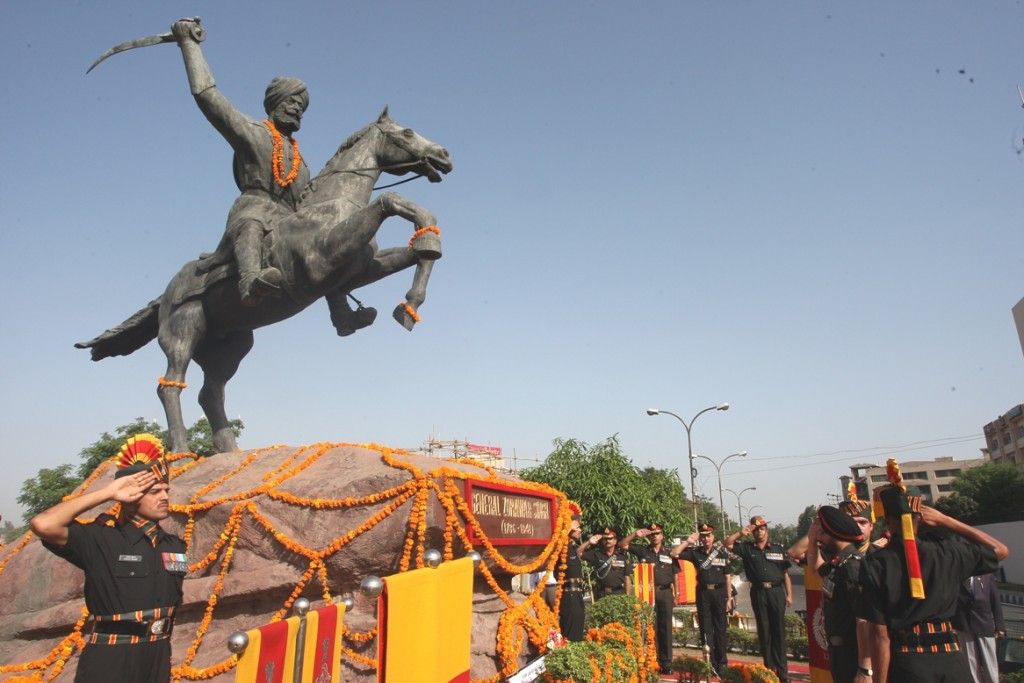A tourist hot spot, a must visit when in Jammu – The Bahu Fort . Not only do we Dogra’s appreciate the majesty of this vast architectural wonder, but it draws interest from across the world.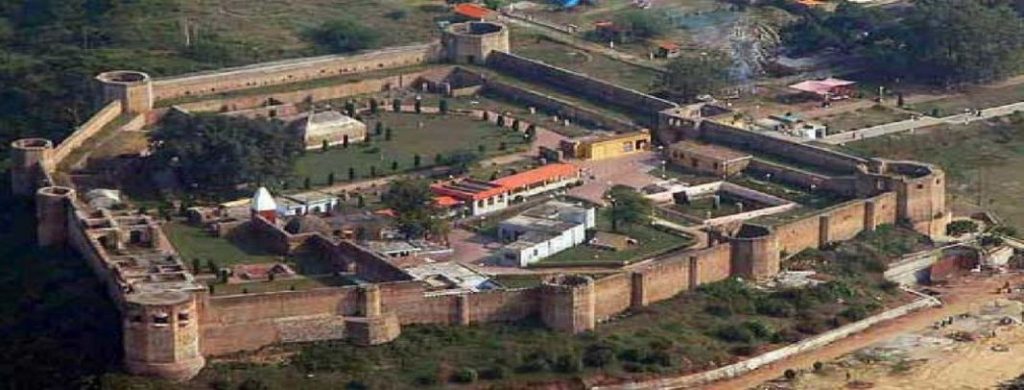
However, while we all know about the Bahu Fort and most if us have paid a visit at least once, we often overlook the secrets this monument has to share with us. So here are some facts that you probably did not know about the historical Bahu Fort:
- Raja Bahulochan is said to have built the Bahu Fort around 1000 BC on the rocky plateau of the left bank of Tawi called Tuhi in Nilamata Purana.
2. Bahu Fort remained the seat of kingdom until the times when the present site of Jammu, previously a dense forest, was converted into the new seat of kingdom at a site now called Mubarak Mandi.
Read also: KNOW THE HISTORY OF THE OLDEST TEMPLE – BAWE VALI MATA
3. The earliest historical recorded link to the fort is that of Raja Jambu Lochan and his brother Bahu Lochan, sons of a powerful ruler Agnigarbha II of the Jammu dynasty of Suryavanshi kings. Bahu, the eldest of Agnigarbha’s 18 sons, is credited with establishing the Jammu city and building the fort.
4. The earlier fort structure was modified over the years to a stronger fortified structure. The present fort was rebuilt, probably at the same location as the ancient fort, by Autar Dev, the grandson of King Kapoor Dev in 1585. Over the years the fort underwent demolitions and reconstructions from time to time, until during Sikh Empire the then new Governor/Raja of Jammu Maharaja Gulab Singh reconstructed the present fort in the 19th century, which was further refurbished during the rule of Maharaja Ranbir Singh.
5. The actual history of the fort goes back to more than two thousand years. Close to the fort is the forest of Mahakali where stands the temple of Dogra deity Kalidevi. This entire complex has great historical significance and reminds us of the days when the writ of Jammu Rajas ran over a vast region from the banks of Chandrabhaga to that of Ravi.
Read also: Moungri Mela in Udhampur: All you need to Know
6. The fort is a religious place, and within its precincts has a temple dedicated to the Hindu goddess Kali, the presiding deity of Jammu. The temple is known locally as the “Bawe Wali Mata temple”.
7. The fort structure is located at an elevation of 325 metres (1,066 ft), opposite to the old town of Jammu. The fortified structure has thick walls made of sandstones built with lime and brick mortar.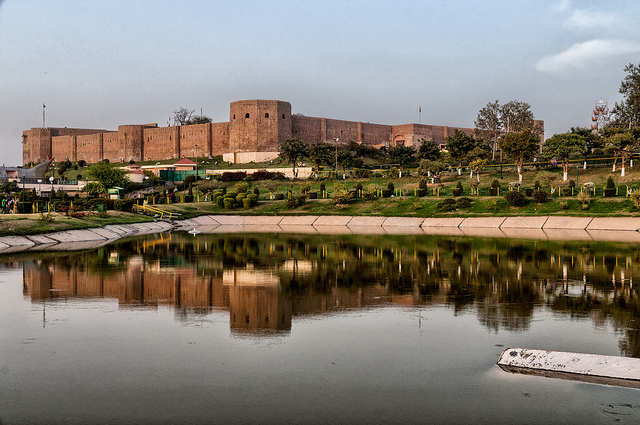
8. It has eight octagonal towers or turrets connected by thick walls and A water tank with access for pilgrims to take bath is located on the left entry into the fort. This tank or pond is 6.1×6.1 metres (20 ft) in size and has a water depth of 4.6 metres (15 ft).
9. A pyramidal structure is on the right flank (with very thick walls to withstand any gun attack) of the fort was an ammunition store. An underground chamber here was used a prison. This chamber has a secret exit to escape from the fort in case of any emergencies. The first floor is lavishly built with arches and decorated with floral designs like a Baradari or a palace.
Read also: Interesting things to know about Dogra Cuisine served in traditional way in Doona-Pattal
10.To the right of the temple there are a few halls which were used in the past as assembly halls and offices of the Quiledar (master of the fort). However they are not maintained at all. The royal stables were also located within this fort.
Discovering new stories behind old places always makes the experience of the place better. Maybe knowing these facts will further allure your next visit to this charming monument.


